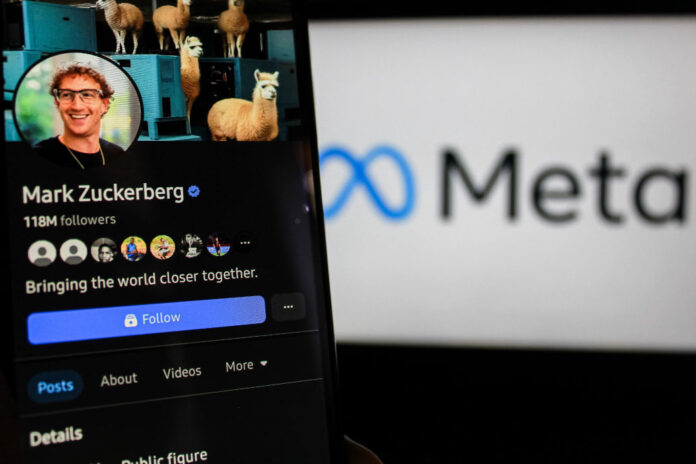Meta’s announced decision to end its fact-checking program in the United States is not just an internal matter for the big tech company with effects limited to its home country — its repercussions directly affect businesses worldwide, especially in Brazil, one of the most connected markets. For Brazilian brands, this means navigating a riskier digital environment where reputation is at stake. How to protect image and credibility, aiming to maintain a trustworthy and solid online presence?
It’s important to analyze the Brazilian context. Following statements from its co-founder and CEO, Mark Zuckerberg, signaling a new direction for Instagram, WhatsApp, and Facebook, Brazil’s Attorney General’s Office (AGU) has notified the company extrajudicially, demanding explanations on how it will ensure compliance with Brazilian laws and regulations against defamation, discrimination, misinformation, and hate speech after the end of the fact-checking program.
In response, Meta stated that the announced changes will initially be limited to the U.S., and reaffirmed its commitment to removing violent or misleading content with clear risks. The AGU, however, expressed “grave concern” about the changes, which could facilitate legal violations, as well as open space for misinformation and prejudice, leading to the scheduling of a public hearing to debate the issue.
With or without fact checking, the truth is that fake news has been spreading in large volume and at an accelerated pace among our population for some time. Nearly 90% of Brazilians have encountered false content, and 51% admit to having believed it. This is revealed by a survey by Instituto Locomotiva. Brazil is one of Meta’s most relevant markets. To give context, WhatsApp is the most used network in the country, with 147 million users, according to Digital Brazil 2024, a report developed by DataReportal. Next are YouTube (144 million), Instagram (134.6 million), and Facebook (111.3 million). In this context, fake news not only affects society but can also directly impact brands present on these platforms. The absence of fact-checking may increase the risk of attacks and the spread of false information related to companies.
But how to avoid this trend?
Continuous monitoring is the first line of defense for companies. This includes tracking brand mentions, comments on posts, and even user-generated content that could harm their image. Artificial intelligence tools play a key role in this process, as does the expertise of professionals, as they allow for quick identification and reaction to potential threats. Speed is essential: false news is 70 times more likely to go viral than true information, as pointed out by a study by MIT researchers—meaning the problem demands immediate action from brands.
It’s necessary to invest in teams that can intensify these efforts, combining technology, analytical skills, and human sensitivity to enhance the effectiveness of crisis responses and potential issues.
Another essential point is transparent communication. Companies must ensure that all information shared on their networks complies with laws such as the General Data Protection Law (LGPD) and regulations against slander and defamation. Clear, truthful messages backed by concrete actions reinforce public trust and demonstrate the brand’s commitment to ethics.
Respect for good compliance practices is equally important. This includes rigorously curating content published on their channels, prioritizing relevant and accurate information.
Over-reliance on a single platform can expose brands to unnecessary risks. Therefore, diversifying digital presence is a key strategy. Networks like LinkedIn, TikTok, and YouTube offer valuable alternatives to Meta for reaching different audiences and minimizing the impact of policy changes from a single company. To clarify, this isn’t about abandoning important territories for audience engagement like Instagram, but rather expanding your presence.
Each channel should be explored strategically. While LinkedIn is ideal for strengthening corporate and executive authority and credibility, TikTok can offer more dynamic and creative formats for engagement. YouTube, on the other hand, is perfect for in-depth content with longer-lasting potential, keeping audiences engaged for extended periods.
Finally, prevention also involves internal education and a solid crisis management structure. Companies should train their teams to handle digital crises, train spokespeople, and establish clear protocols for responding to negative incidents on social media. This preparation helps mitigate damage and strengthens the organization’s ability to protect its reputation.
Meta’s new policies have the potential to change the evolution of social networks, requiring companies to adopt a proactive and strategic stance. With intensive monitoring, transparent communication, digital diversification, and internal education, it’s possible not only to protect credibility but also to position oneself as a reference in an increasingly challenging digital environment.


